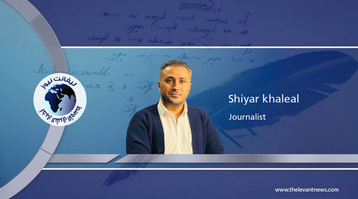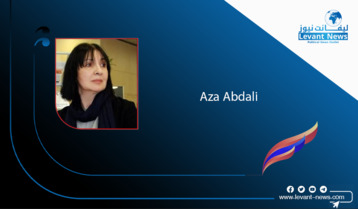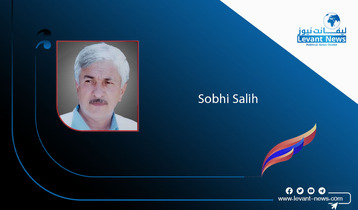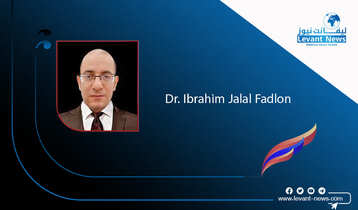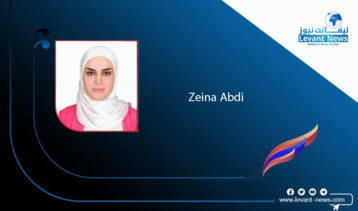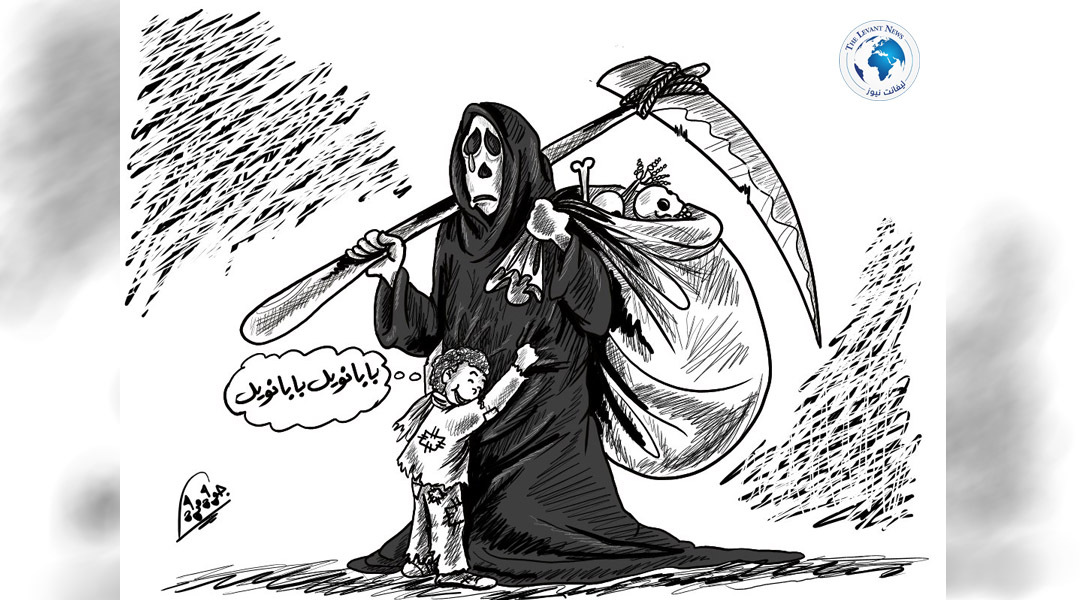-
Global Convergence in the Face of the Noose in Iran… Cries of Collapse Starting from "Chertsey House" in London to the Streets of Iran
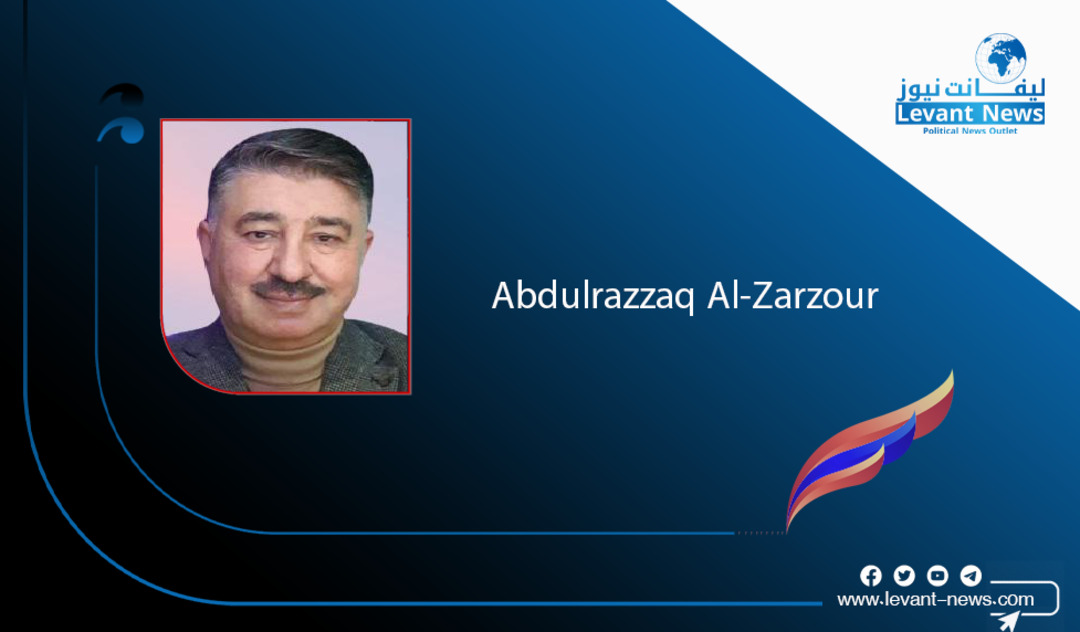
In mid-October 2025, two seemingly separate but in reality interconnected events revealed a clear picture of Iran’s political and social crisis. The first was a conference held at the historic "Chertsey House" in London on October 11, 2025, which gathered voices of the global conscience to condemn the wave of executions in Iran. The second was the escalating waves of poverty and inflation within the country, which forced even regime parliamentarians to scream in protest. These two tracks expose a weakening regime internally and a loss of trust from both the Iranian society and the international community due to its repressive and economic policies.
At the London conference, Maryam Rajavi, a symbol of organized opposition and head of the National Council of Resistance of Iran, participated online alongside a number of deputies, senators, former ministers, human rights advocates, and activists from Europe and America. The common theme among the speakers was condemning the wave of executions and calling for an end to impunity for crimes against humanity. Irish Senator Gerard Craoul revealed that more than 1,850 people had been executed within 14 months, including 61 women, describing these executions as “premeditated murders to silence the voice of freedom.” The shocking figures presented in the conference sent a message that executions have become a tool for the regime to survive.
Representatives of Western countries criticized the policy of appeasement and demanded more effective measures, such as referring the grave human rights violations to the UN Security Council, imposing sanctions on those responsible for the executions, and listing the Revolutionary Guards as a terrorist organization. British MP Bob Blackman emphasized that silence on these executions equates to collusion with the oppressor, stressing the importance of pursuing justice for “serious human rights violations” internationally.
Domestically, the economic crisis worsened to the extent that parliament members held public protests. Reports indicate that the dollar approached 116,000 tomans amid waves of inflation, hunger, and declining purchasing power. State media and parliamentary speeches (on October 7 and 13) spoke of unprecedented rises in prices, shrinking household tables, and income unable to cover daily necessities. Publicized figures such as a minimum wage of 10.39 million tomans for 1404 (Islamic calendar year) and a 55% increase in food prices highlight how economic pressure is rapidly turning into a social crisis. These two fronts—"political repression through executions" and "economic collapse"—have created a tight circle around society. Representatives of the National Council of Resistance and inside Iran point out that the three pillars of the regime’s survival are: executions and internal terrorism, exporting extremism and regional terrorism, and discrediting the opposition. The Council believes that the only solution lies in recognizing the Iranian people’s right to organized resistance and changing the regime through the hands of the citizens, a key demand in the London conference.
At the same time, parts of the internal protest movement, referred to in supportive texts as the “spark of the uprising,” reacted more harshly to the executions. They carried out operations described as born from tremendous anger—a sign of growing despair within society and a reaction to government violence. Reports from inside Iran indicate attacks targeting judicial and security institutions in several cities. However, the human and moral repercussions of these responses must not be overlooked, as escalated violence could lead to increased human losses and repression, endangering civilian lives. Therefore, reevaluating strategies and focusing on solutions based on international law and support for human rights is essential.
In short, the London conference and internal economic and social movements send a clear message: Iran’s crisis is no longer just a domestic security problem but has become a global ethical and human rights issue. The proposed solutions—from international diplomatic and legal pressures to economic and political support for the Iranian people—must aim to end executions, abolish immunity for officials, and create a space for popular and legal choices.
Today, the world faces two options: either stand with justice and human rights or collude through silence and actions that perpetuate crimes.
Abdulrazzaq Al Zarzour — Syrian lawyer and political activist
You May Also Like
Popular Posts
Caricature
opinion
Report
ads
Newsletter
Subscribe to our mailing list to get the new updates!

